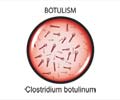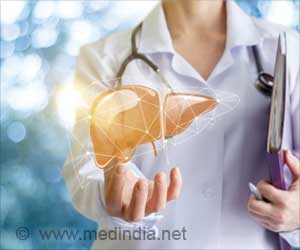Smartphones are getting smarter by the day and are having people hooked for its multiple benefits via new applications.
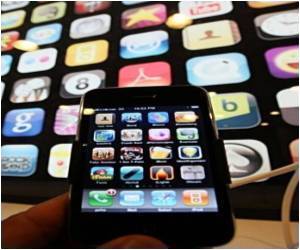
Smartphones are getting smarter by the day and are having people hooked for its multiple benefits via new applications.
A recent application by researchers from the University of Illinois can really turn your Smartphone into a walking laboratory.This application uses the phone’s in-built camera and processing power to act as a biosensor to spot bacteria, proteins, toxins and other organisms.
Such a system could be a boon to researchers to check for ground contamination with a combination of GPS and biosensing data to map the spread of pathogens.
Study leader Brian Cunningham, a professor of electrical and computer engineering and bioengineering at U of I, said, “Smartphones are making a big impact on our society – the way we get our information, the way we communicate. And they have really powerful computing capability and imaging. A lot of medical conditions might be monitored very inexpensively and non-invasively using mobile platforms like phones. They can detect molecular things, like pathogens, disease biomarkers or DNA, things that are currently only done in big diagnostic labs with lots of expense and large volumes of blood.”
Source-Medindia
 MEDINDIA
MEDINDIA
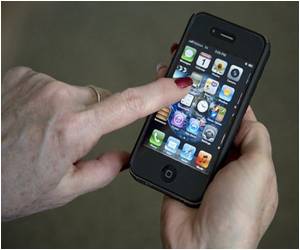

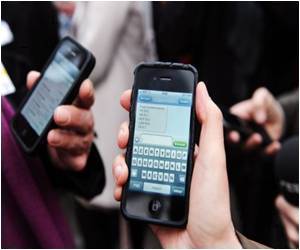
 Email
Email





